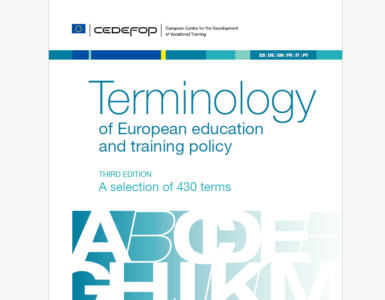by Karen Bacon, NUIG, Ireland
As we are all very well aware, higher education faced a major and unexpected challenge with the COVID-19 pandemic. Universities around the world entered various stages of lockdown or reduced capacity. My own institution, like others in Ireland, was told by the government on March 12th that we would be working online from the following Monday. Even for those of us who considered themselves moderately technically savvy, this was an incredible shock to the system (leaving aside the worry about the pandemic itself). Technology and teaching have gone hand in hand in many ways, but often slowly and never before in the way we were suddenly trying to work. Now, we are being asked to “switch back” but there really isn’t any going back – at least not to the exact way things were before and this is not a bad thing. Below are three technological trends that I hope will continue into the future that were beneficial as we “went online.”
Use of interactive videos
Use of lecture recordings has been widespread in many institutions for years but was a new tool for many others during the height of pandemic restrictions. Lecture capture is useful for students who miss a class or those who like a second opportunity to take notes, go back on a challenging point or just want to hear the lecture again. While this has benefits (although there are drawbacks too – such as facilitating decreased engagement) it is essentially a passive process. Students sit and watch the recording, hopefully also making notes. The use of interactive videos – those where students are still required to directly engage with the resource was something that became more available in the last few years and allows for videos to be much more engaging. Interactive videos can include quizzes that pop up and require an answer before the video continues, cards with additional information, or photographs and text to highlight a point. This can be used along with other resources – not as a replacement but an enhancement. Many platforms facilitate the use of existing videos where you import a resource that already exists and add interactions or you can create your own from scratch. The flexibility to add interactions and information to videos make this an ideal tool for enhancing resources.
Virtual fieldwork
Virtual fieldwork certainly became a hot topic with fieldwork apparently suffering more than other teaching types during early stages of lockdowns (e.g. Bacon & Peacock, 2020) because they do not move online easily. However, the resources available to create engaging and immersive online fieldwork exist and are improving all the time. Some of the most exciting technological developments around include augmented reality (I envisage PokemonGo-style educational resources in our future – find and catch that plant, perhaps!) and fully immersive virtual reality. These technologies offer a range of exciting opportunities for enhancing virtual fieldwork and both reducing our environmental impact with reduced travel but also opening fieldwork skills and experiences to a wider range of people. Accessibility in fieldwork can be at least partly addressed with virtual options – whether that is for students with work, caring responsibilities, ill-health, or other reasons – they can still engage with a virtual option. I look forward to seeing the developments of truly immersive fieldwork options in the future.
Virtual seminars
This perhaps seems more mundane and I, like many others, will enjoy the return of in person seminars. They give us the opportunity, not only to hear the seminar, but also to chat with the speaker informally. However, with climate change, increasing engagement with sustainability and just simply pressures on time, never mind costs, virtual seminars have a lot to offer. They allow us and our students to engage with researchers from around the world and also let us offer more opportunity to more speakers – budgets for seminar series are often highly limited or non-existent in smaller universities, so being able to hold a virtual seminar means that we can ask more people. This becomes particularly important when we are trying to support early career researchers – listing invited seminars is nice for your CV. Virtual seminars also mean that more people can listen in and engage with the event. I see hybrid seminars as a highly likely new staple of higher education – mixed programmes with some fully virtual sessions and hybrid, where there is an in-person and live online option. This will increase accessibility and, hopefully, engagement.
Technology offers us a lot of fantastic opportunities to widen accessibility, make our teaching more engaging and encourage greater participation. We can do this without losing the benefits of in-person education but, hopefully, can embrace the benefits of technology in teaching too!

Author
Dr Karen L. Bacon is a plant ecologist and palaeoecologist in the School of Natural Sciences at the National University of Ireland, Galway.














